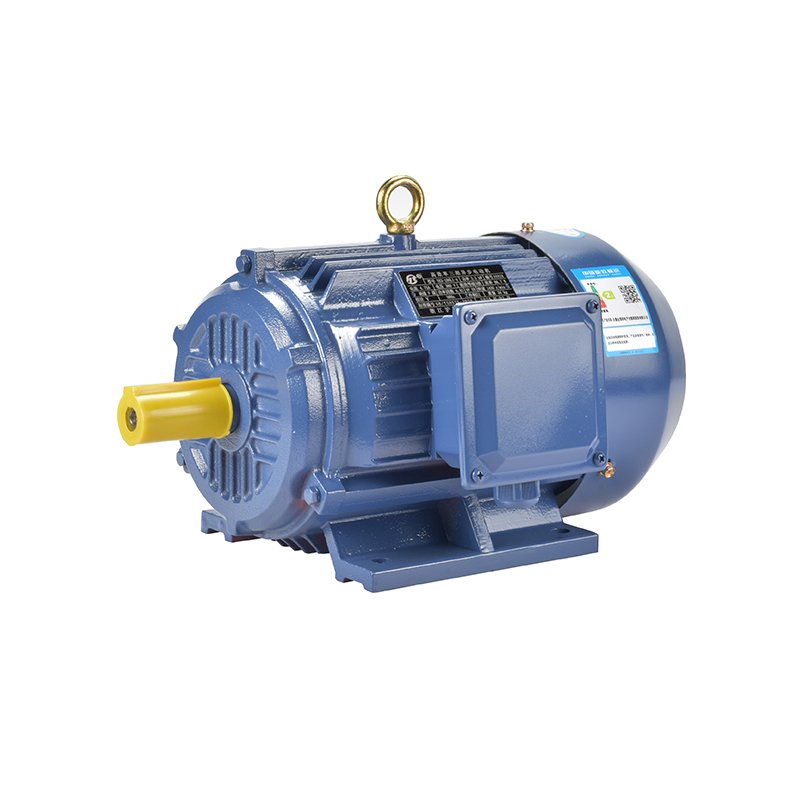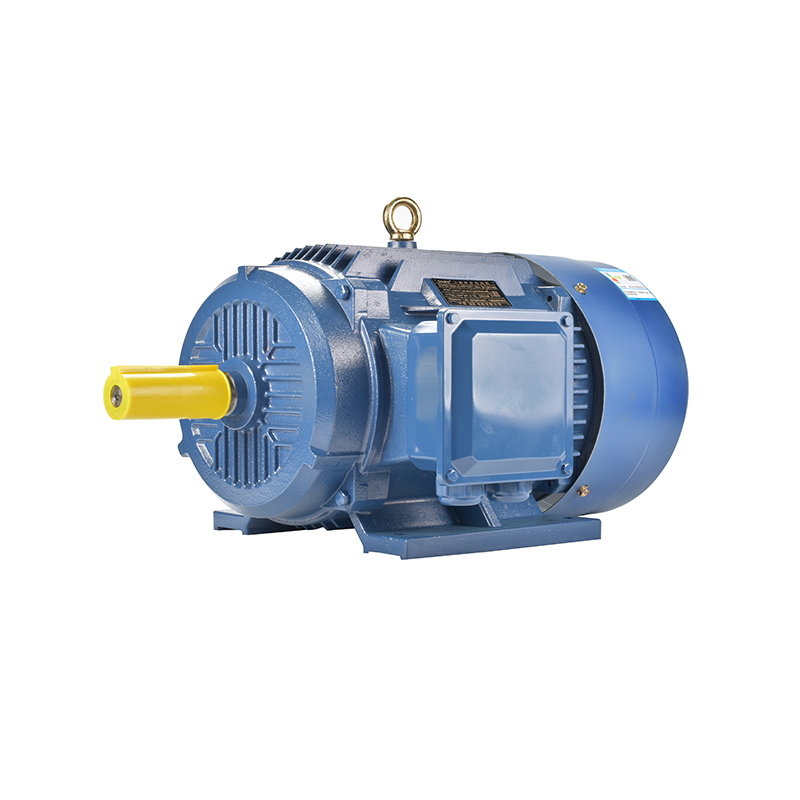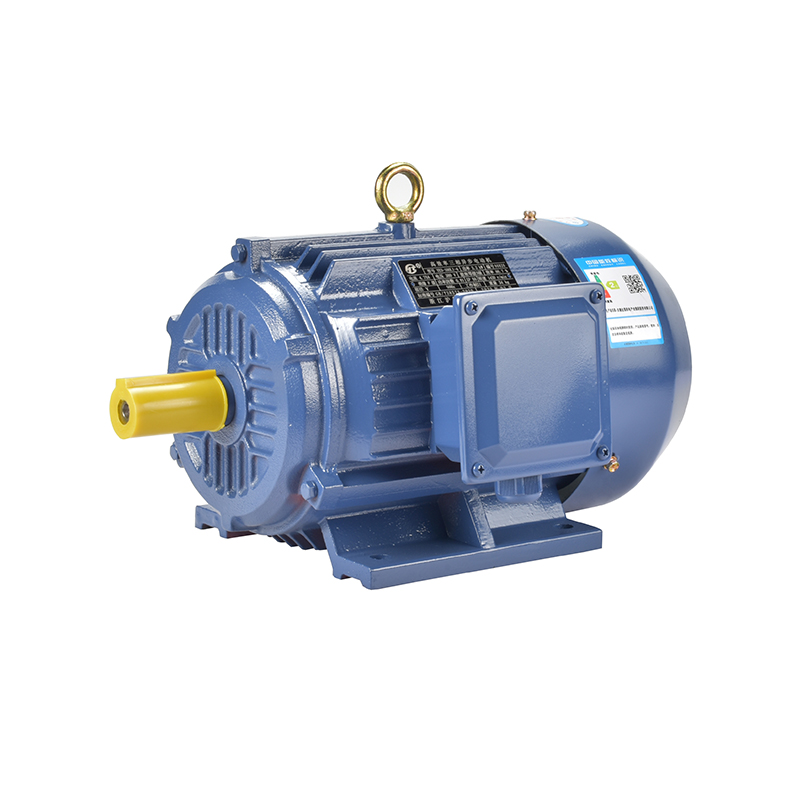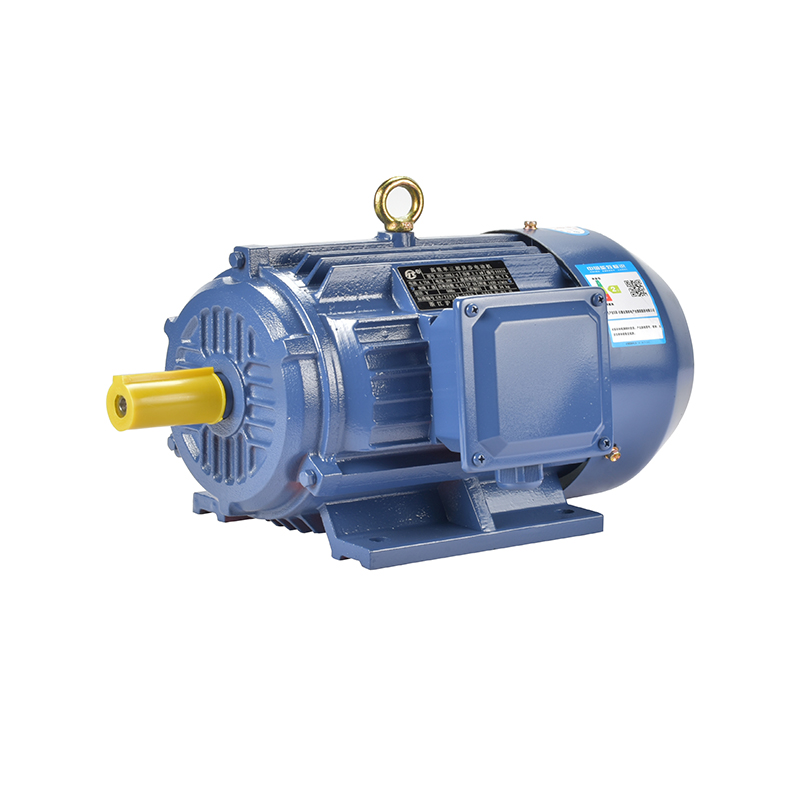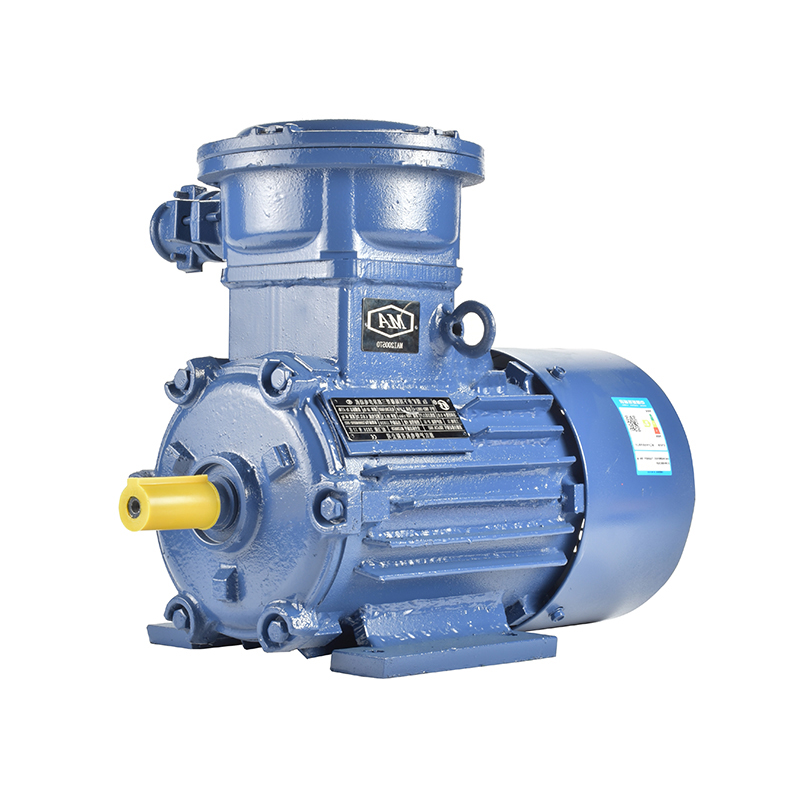Applications Of Compact Motors In Commercial Kitchens
Commercial kitchens demand reliable, efficient, and durable equipment to keep up with the fast pace of food preparation and service. At the heart of many kitchen machines and appliances lie compact motors, which provide the necessary power and precision in a relatively small footprint. These motors play a critical role in ensuring smooth operation, energy efficiency, and consistent performance, which are all essential in busy culinary environments.

One common type of motor used in commercial kitchen equipment is the three phase motor. These motors are appreciated for their stable torque output and smooth operation, making them suitable for continuous-duty applications. In commercial kitchens, three phase motors are often found in heavy-duty mixers, conveyor systems, and ventilation fans. Their design allows for efficient energy consumption, which helps kitchens reduce operational costs while maintaining reliable performance under demanding conditions.
Industrial electric motors designed for commercial kitchens must also meet specific requirements, such as resistance to high humidity, temperature fluctuations, and frequent starts and stops. For example, motors used in food processors, slicers, and dough mixers need to operate quietly and consistently to avoid disrupting the kitchen environment. These motors are engineered with robust insulation materials and protective coatings to withstand the challenging conditions typical of commercial kitchens, including exposure to steam, grease, and cleaning chemicals.
In recent years, advances in motor technology have introduced new options for compact and efficient drives, including the synchronous reluctance permanent magnet motor. This type of motor combines the benefits of synchronous motors and permanent magnet designs to achieve better efficiency and torque density than traditional induction motors. Synchronous reluctance permanent magnet motors can be found in some modern kitchen appliances where precise speed control and quiet operation are essential, such as automated cooking equipment or robotic kitchen assistants.
The compact size of these motors allows manufacturers to design smaller, more space-saving equipment without compromising on power. In the constrained environments of commercial kitchens, where space is always at a premium, this advantage is highly valuable. By using synchronous reluctance permanent magnet motors, kitchen appliances can deliver smooth and accurate performance, making them well-suited for specialized cooking processes that require consistent speed and torque.
Another area where compact motors contribute significantly is in ventilation and air circulation systems. Effective ventilation is vital in commercial kitchens to manage heat, smoke, and odors. Industrial electric motors powering exhaust fans and air handling units must balance power with size to fit into the often limited ceiling or wall spaces. Compact three phase motors are frequently selected for this purpose, as they provide sufficient power while occupying a small installation space, and they can handle the continuous operation necessary to maintain proper airflow.
Food processing machinery also benefits from the integration of compact motors. Machines like vegetable cutters, meat grinders, and dough sheeters rely on motors that deliver reliable torque at varying speeds. The choice of motor impacts not only performance but also hygiene, since smaller motors can be sealed or enclosed in ways that make cleaning easier and reduce contamination risks. Synchronous reluctance permanent magnet motors, with their efficiency and reduced heat generation, support hygienic designs by lessening the need for heavy cooling systems and allowing for more compact housings.
The flexibility of compact motors extends to their control systems. Many commercial kitchen appliances incorporate variable frequency drives (VFDs) that adjust motor speed to match the operational demands. This is particularly useful in mixers or slicers where different recipes require different speeds. Motors compatible with such controls, including many three phase motors and synchronous reluctance permanent magnet motors, allow for smooth acceleration and deceleration, improving the overall user experience and reducing wear and tear on mechanical components.
Maintenance is another factor that benefits from the use of well-designed compact motors. Industrial electric motors built for commercial kitchen applications typically have sealed bearings and robust housings to reduce downtime. Easy-to-maintain motors reduce service interruptions and help kitchen staff focus on food preparation without worrying about equipment failure. The long service life of synchronous reluctance permanent magnet motors, due to their reduced rotor losses and absence of brushes, also adds value in commercial kitchen settings where reliability is critical.
In conclusion, compact motors are integral to the operation of commercial kitchen equipment across a wide range of applications. From mixers and ventilation fans powered by three phase motors to modern appliances utilizing synchronous reluctance permanent magnet motors, these drives offer the right balance of power, efficiency, and size. Industrial electric motors tailored for the demanding conditions of kitchens support continuous operation and provide reliable performance. As commercial kitchens continue to evolve with technological advancements, compact motor solutions will remain a key component in enhancing productivity, reducing energy consumption, and enabling innovative cooking equipment designs.
-
Feedback



 English
English русский
русский Español
Español عربى
عربى

